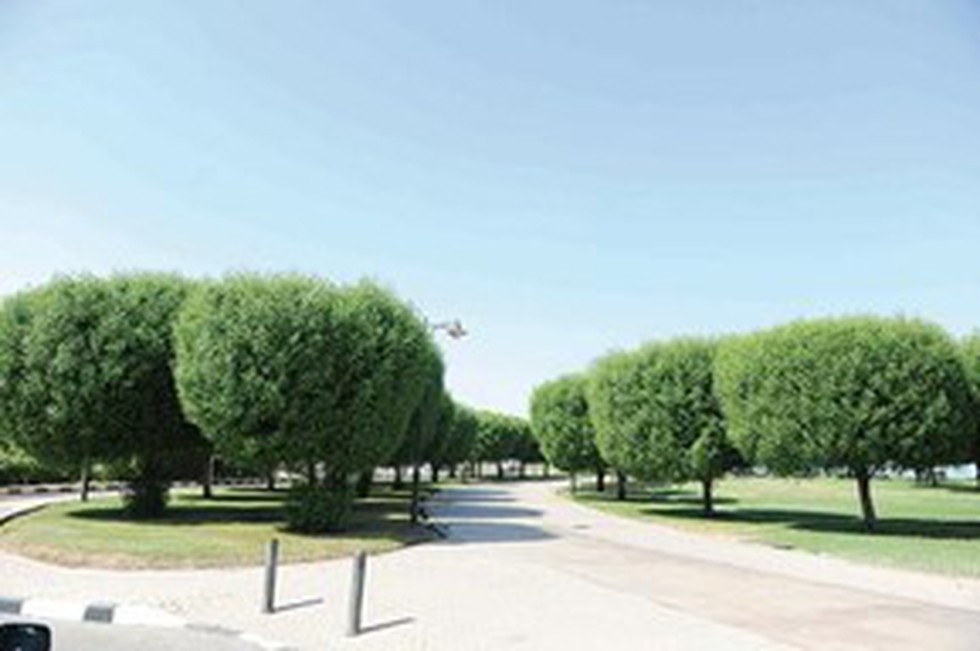
About Conocarpus tree:
- It is a flowering plant belonging to the family of Combretaceae.
- It is an invasive mangrove species.
- Trees of this species flower in winter and spread pollen in nearby areas.
- It has been used by various public authorities in India as landscaping for road medians, along roads, and in public gardens.
- Countries in the Arabian Peninsula have used the plant to block sand from desert storms and to control pollution.
- This tree is famous for its dark green leaves color throughout the year and withstands harsh environmental conditions such as high and low temperatures.
- It is very adaptive and could grow even in areas with extreme salinity.
- It absorbs more water from soil than other species and is a threat to groundwater.
- This species goes deep into the ground and grows too much to damage the communication cables, drainage lines and drinking water pipelines.
- It is native to parts of North and South America, as well as parts of Africa.
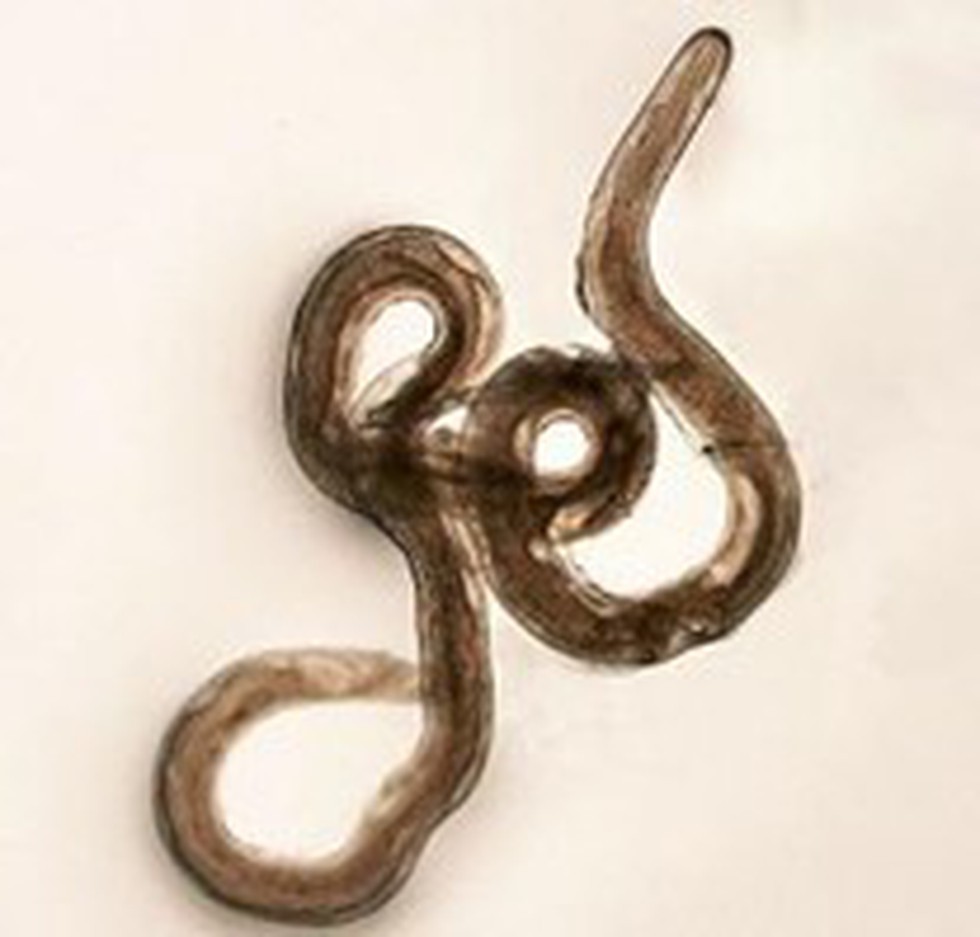
About Angiostrongylus cantonensis:
- Angiostrongylus cantonensis, commonly known as the rat lungworm, is a parasitic nematode (roundworm) that infects rodents, particularly rats.
- It is typically found in Southeast Asia and the Pacific Islands, including Hawaii.
- While rats serve as the primary hosts for this parasite, humans and other animals, including snails and slugs, can become infected as incidental hosts.
- Transmission: It is spread through rat faeces and can infect humans and other animals through produce or other food items.
- Impact on Humans:
- Once inside a human, the worm could cause a rare brain infection known as eosinophilic meningitis.
- Symptoms can include headaches, still neck, tingling, fevers, vomiting, or painful feelings in the skin.
- Most infections resolve spontaneously over time without specific treatment because the parasite cannot survive for long in the human body.
- The worm can, in severe cases, cause coma or even death in humans, and can also infect pets.
- Treatment:
- There is currently no specific treatment for the parasite.
- The most common types of treatment are for the symptoms of the infection, such as pain medication for headache or medications to reduce the body’s reaction to the parasite.
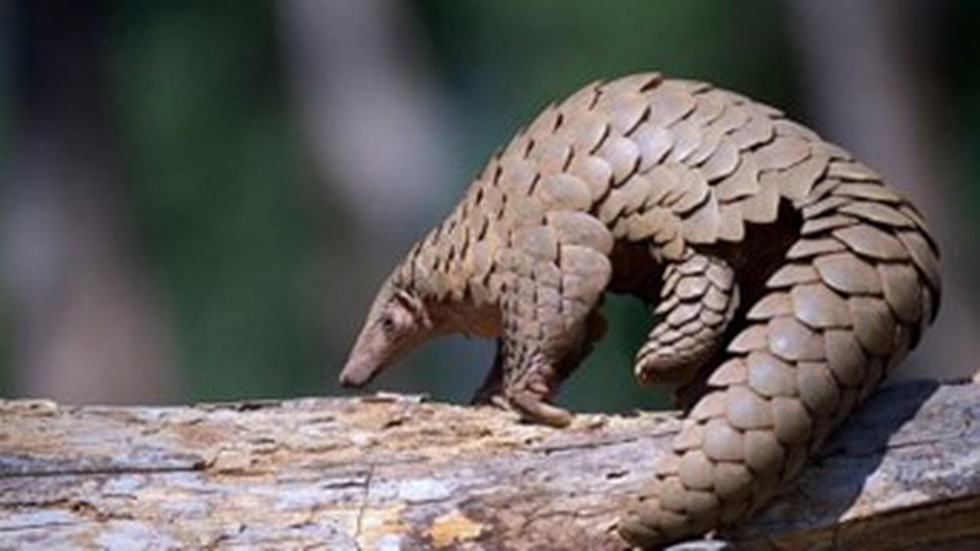
About Manis Mysteria:
- It is a newly discovered Pangolin species.
- The newly identified pangolin species emerged from a detailed study of scales seized in China’s Yunnan province in 2015 and 2019.
- This new species is believed to have diverged from its Philippine and Malayan relatives approximately five million years ago.
What are Pangolins?
- They are mammals known for their distinctive appearance and protective scales.
- They are often referred to as "scaly anteaters" due to their characteristic scales and their diet, which primarily consists of ants and termites.
- Pangolins are found in parts of Africa and Asia and are known for their elusive nature and status as the most trafficked mammals in the world.
- Features:
- They are easily recognizable by their armor-like scales, which cover their bodies. These scales are made of keratin, the same protein found in human hair and nails. They are the only known mammals with this feature.
- When threatened, pangolins can curl into a tight ball, with their scales forming a protective barrier.
- Their diet consists mainly of ants and termites, which they capture using their long tongues (A pangolin’s tongue is longer than its body).
- Pangolins have no teeth; they chew with gravel and and keratinous spines inside the stomach.
- They are most active at night and are solitary creatures.
- Threat:
- All pangolin species are listed on the International Union for Conservation of Nature (IUCN) Red List of Threatened Species.
- The Indian pangolin, also called thick-tailed pangolin, is classified as Endangered under the IUCN Red List.
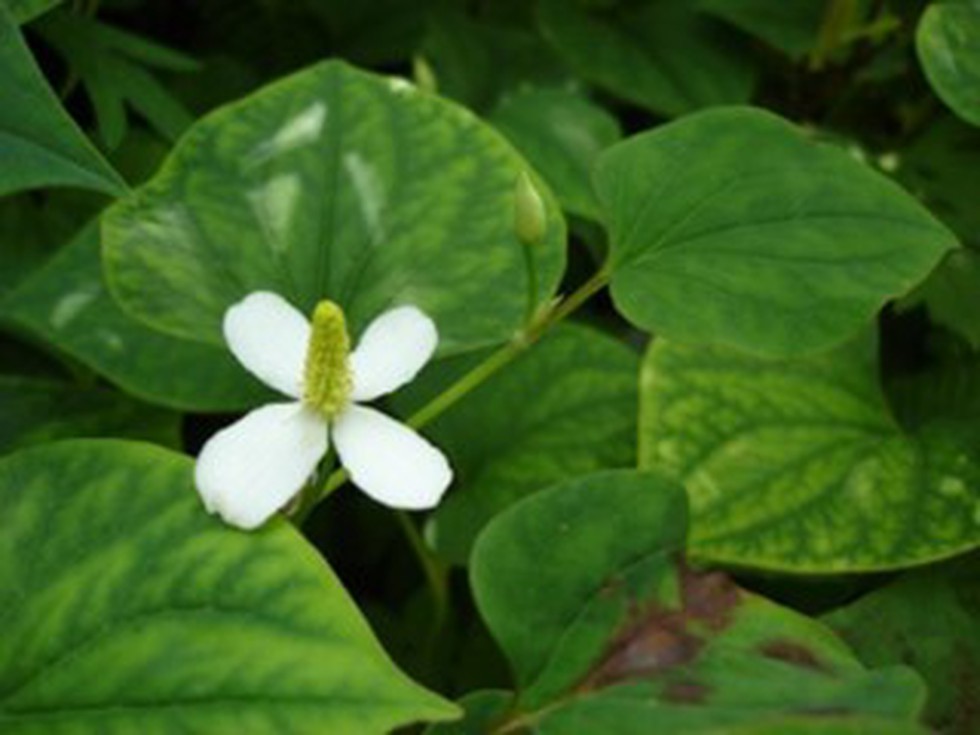
About Fish Mint:
- It is an herbal plant full of medicinal properties and grown on the ground with wide leaves.
- Scientific Name: Houttuynia cordata
- Other Names: It has many names, such as Bishop’s Weed, Chinese Lizard Tail, Fish Wort, Fish Leaf, Rainbow Plant and Chameleon Plant.
- Despite being called “fish mint”, it’s not a member of the mint family. It does, however, spread aggressively like mint.
- Distribution: Its native range extends from the Himalayan foothills through Southeast Asia, China, Korea and Japan.
- Habitat: It thrives in wet locations and can even grow partially submerged in water.
- Features:
- It is an herb with beautiful white flowers and broad, heart-shaped leaves.
- Unlike its appearance, it has a fish-like taste and smell. Hence, the name, fish mint.
- The plants grow to 2 to 3 feet in height with a spread of 3 feet.
- The stems of this plant are climbing tender vines. The color of its stem is medium to light green, and its leaves are of dark to medium green color.
- It is considered an invasive plant because of its ability to regrow from underground rhizomes, which are fragile and break off easily, forming new plants when disturbed.
- Medicinal Properties: It is used to treat digestive issues, insect bites, fevers, coughs, influenza, kidney ailments and a host of other ailments.
- The leaf is used in many Asian cuisines as a vegetable or fresh herb, and fish mint root can also be eaten.

About Social Bonds:
- Social bonds, also known as social impact bonds and abbreviated as SIB, are the type of bond where the bond issuer is gathering funds for a project that has some socially beneficial implications.
- These bonds are designed to finance projects that address various social issues, such as healthcare, education, affordable housing, poverty alleviation, and environmental sustainability.
- The Pimpri Chinchwad Municipal Corporation (PCMC) in Maharashtra's Pune and United Nations Development Programme (UNDP) in 2020 co- created India's inaugural SIB.
- Features of Social Bonds issued by NABARD:
- This is the first externally certified AAA-rated Indian Rupee-denominated SIB in the country. The bonds have been rated 'AAA' by CRISIL and ICRA.
- The base issue size of the social bonds was ₹1,000 crore, with an option to retain oversubscription up to ₹2,000 crore, thereby aggregating up to Rs 3,000 crore.
- The face value of each bond is ₹1 lakh.
- Maturity: 5 years
- Coupon Rate: 7.63 per cent.
- Sustainability Bond Framework:
- NABARD recently announced a Sustainability Bond Framework, which seeks to finance and refinance new or existing eligible green and social projects.
- Eligible social projects include affordable basic infrastructure, access to essential services, affordable housing, employment generation, food security, socioeconomic advancement, and empowerment.
- Projects that promise energy efficiency, including green buildings, energy storage, and smart grids, would also be eligible to get funding through the new breed of bonds that NABARD is rolling out.
Key Facts about NABARD:
- It is a financial institution that was set up by the Indian government to promote sustainable agriculture and rural development in the country.
- It is the main regulatory body in the country’s rural banking system.
- Formation:
- It was established in 1982as a central regulating body for agriculture financing and the rural section.
- The government of India established NABARD under the outlines of the National Bank for Agriculture and Rural Development Act 1981.
- Objective: Promoting agriculture and rural development through participative financial and non-financial interventions, innovations, technology and institutional development for securing prosperity.
- Some of the activities undertaken by NABARD for rural development include:
- Provision of refinance support
- Improving rural infrastructure
- Supervision of Regional Rural Banks (RRBs) and Cooperative Banks
- Training artisans to develop handicraft activities and offering them help in marketing their produce
- Preparation of credit plans at a district level and encouraging banks to achieve these targets
- Development of sound banking practices within the economically backward sections of India

About National Intelligence Grid (NATGRID):
- It is conceptualised as a seamless and secure database for information on terrorists, economic crimes and similar incidents to help bolster India's capabilities.
- Background:
- The project was started in 2009 in the aftermath of the 26/11 Mumbai terror attacks.
- NATGRID was set up as an attached Office of the Ministry of Home Affairs with effect from December 1, 2010.
- It started its operations on December 31, 2020.
- Natgrid services will be available to 11 central agencies and police departments of all states and union territories.
- Operation:
- It has been mandated to maintain a repository of intelligence databases.
- It works as an integrated intelligence grid that connects databases of core security agencies of the government of India.
- It will have data related to all immigration entry and exit, banking and financial transactions, credit card purchases, telecom, individual taxpayers, air flyers, train travellers besides others to generate intelligence inputs.
- It will utilise Big Data and Analytics to study huge amounts of data generated to analyse events in order to get a better picture as well as to trail suspects.
- The data is used to counter illegal activities by sharing information with several security agencies.
- Data Protection: The data is end-to-end encrypted and can be accessed only after proper authorisation and authentication have been completed.
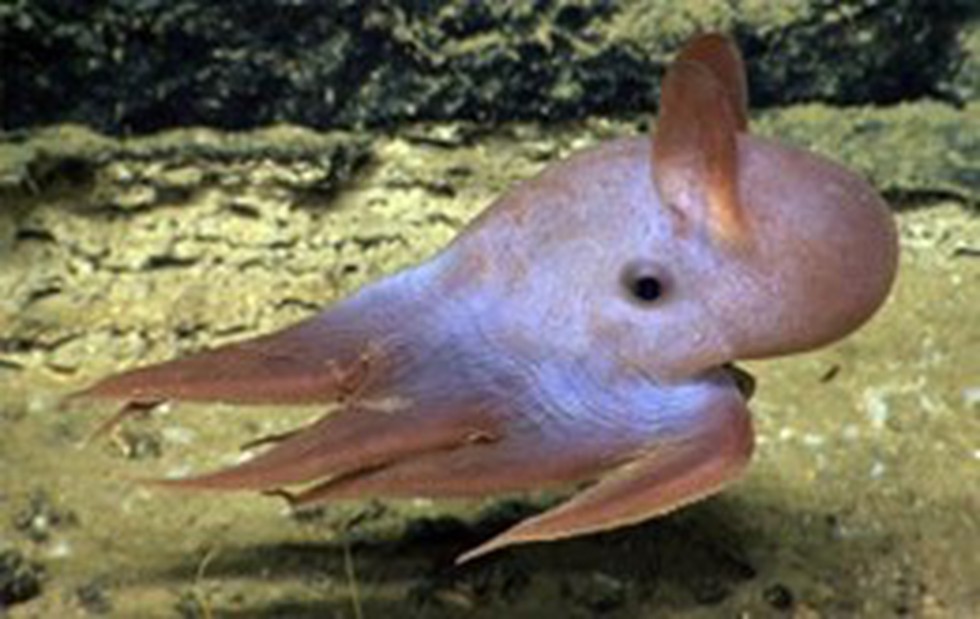
About Dumbo Octopus:
- They are known as the deepest living of all octopus species.
- Genus: Grimpoteuthis spp.
- They get their name from their distinctive flapping fins that bear a striking resemblance to the oversized ears of the iconic Disney elephant character.
- There are about 17 species of Dumbo octopus that belong to a group called “umbrella octopus,” because they are able to float with an umbrella-like look to their mantle.
- Distribution: Worldwide in tropical to temperate latitudes
- Features:
- They live on the seafloor or hover just slightly above it at depths of depths of 3000 to 4000 m (9800 to 13000 ft).
- They are small animals, around 8 inches tall, and have a pair of fins located on their mantle and webbing between their arms.
- The octopuses also have a single line of about 65-68 suckers along each arm.
- Unlike most octopuses, this sea creature doesn’t have ink sacs, which are normally used as a defensive mechanism.
- It uses its ear-like fins to propel through the water and steers using its webbed arms.
- Diet: It consumes snails, worms and other creatures that live near the ocean floor.

About Sonobuoys:
- Sonobuoys are small, expendable devices used in underwater acoustics and sonar systems to detect and analyze sound in the ocean, particularly for tracking submarines and other underwater objects.
- Deployment:
- Sonobuoys are deployed by dropping them into the ocean from aircraft or launching them from ships or submarines.
- They sink to a predetermined depth and begin listening for acoustic signals, helping pin-point potential submarine threats.
- Multiple sonobuoys can be deployed in a pattern to determine the exact location of a target.
- There are three types of sonobuoys:
- Passive Sonobuoys quietly listen for and record sounds without emitting any signals. It uses a hydrophone to listen for sound energy from a target.
- Active Sonobuoys emit a sound pulse and analyze the return signals (echoes) to detect and locate targets. It uses a transducer to send an acoustic signal.
- Special Purpose buoys provide information about the environment, such as water temperature, ambient noise level, etc.
- Components: A typical sonobuoy consists of a cylindrical or spherical buoyant housing, sensors for detecting acoustic signals, a battery or power source, and a radio transmitter or other communication system to relay data to the host platform (e.g., aircraft or ship).
- Other Applications: In addition to anti-submarine warfare, they are used for scientific research and environmental studies, including studying the behavior of whales and other marine creatures.
Key Facts about MQ-9B Sea Guardian:
- It is a variant of the MQ-9 "Reaper", an unmanned aerial vehicle (UAV)capable of remotely controlled or autonomous flight operations.
- These are high-altitude long-endurance drones armed with strike missiles which can take out enemy targets with high accuracy.
- It was developed by General Atomics Aeronautical Systems (GA-ASI), primarily for the US Military.
- The Indian Navy has been operating the MQ-9B Sea Guardian since 2020.
- Features:
- It can carry up to 5,670 kg and has a fuel capacity of 2,721 kg.
- The drone can operate at over 40,000 feet.
- The Predator also has a maximum endurance of 40 hours, making it useful for long-hour surveillance.
- It is also capable of automatic take-offs and landings.
- It can safely integrate into civil airspace, enabling joint forces and civil authorities to deliver real-time situational awareness anywhere in the maritime domain -- day or night.

About Gems and Jewellery Export Promotion Council (GJEPC):
- It is an apex body of the Gem and Jewellery industry in India, sponsored by the Ministry of Commerce & Industry, Government of India.
- Primary Function:
- It is primarily involved in introducing Indian gem and jewellery products to the international market and promotes their exports.
- To achieve this, the Council provides market information to its members regarding foreign trade inquiries, trade and tariff regulations, rates of import duties, and information about Jewellery fairs and exhibitions.
- Headquarters: Mumbai, Maharashtra
- It has regional offices across the country and with a strength of over 7,500 members.
- Other Functions:
- Organising joint participation in international jewellery shows.
- Inviting countries to explore areas of cooperation in the supply of rough diamonds, coloured gemstones and sourcing of finished jewellery.
- Identifying potential partners and buyers in international markets through buyer-seller meets.
- Executing the Kimberly Process Certification Scheme in the country, as the Nodal Agency appointed by the Government of India.
- Taking up relevant export-related issues with the Government, Ministries, Regulatory Authorities and Agencies.
- Undertaking image-building exercises through international advertisements, publications and audio-visuals
- Running training institutes that impart manufacturing skills, technical and design excellence in six cities – Mumbai, Delhi, Surat, Jaipur, Varanasi and Udupi.
- Setting up Jewellery Parks across the country.
What are Rough Diamonds?
- Rough Diamonds refer to diamonds which are still in their natural state after being removed from the belly of the earth.
- This is the stage before they are actually cut or polished in order to create the marvellousdiamonds found in all of our unique jewellery.
Key Facts about Kimberly Process (KP):
- KP is a multilateral trade regime established in 2003 with the goal of preventing the flow of conflict diamonds.
- The core of this regime is the Kimberley Process Certification Scheme (KPCS), under which States implement safeguards on shipments of rough diamonds and certify them as “conflict-free".
- KP defines conflict diamonds as: ‘rough diamonds used to finance wars against governments’ - around the world.
- The participants include all major rough diamond-producing, exporting and importing countries. The diamond industry, through the World Diamond Council, and civil society groups are also integral parts of the KP.
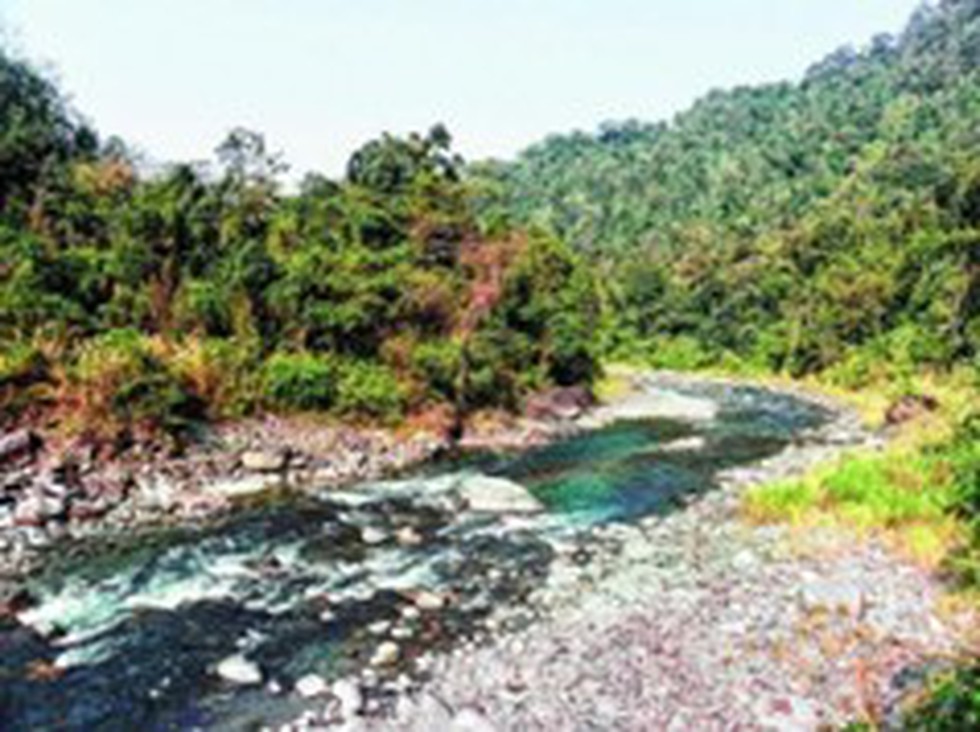
About Kamlang Tiger Reserve:
- Location: It is located in the southeastern part of Lohit District in Arunachal Pradesh near the border with Myanmar.
- It is named after the Kamlang River, which flows through the reserve and joins the Brahmaputra.
- It is spread between the famed Namdapha National Park on its south and Lang River on its north.
- The local inhabitants are Hishmi, Digaru and Mizo.
- Landscape: It encompasses a diverse range of landscapes, including dense tropical forests, grasslands, rivers, and hills.
- Climate: It enjoys a sub-tropical climate as it falls within the sub-tropical zone.
- Vegetation:
- The vegetation may broadly be classified into tropical, temperate and alpine.
- The lower reaches and foothills of the region are covered with tropical wet evergreen forests, while the alpine vegetation dominates the higher altitudes.
- Flora: Common species of trees in the reserve include Ammora wallichi (Amari), Gmelina arborea (Gamari), Terminalia chebula (Hillika), Canarium resigniferum (Dhuna) and many others.
- Fauna:
- All four big cats, including the Snow Leopard, Clouded Leopard, Leopard and Tiger, are the common inhabitants.
- Certain endangered species, such as Himalayan Palm Civets, Leopard Cat, Slow Lories and Hoolock Gibbon, can also be spotted in the sanctuary.
- Other species commonly found here are Giant and Flying Squirrels, Hornbills, Deer, Civets, Boar, Capped Langur, Stump Tailed Macaque etc.




.png)
























































































































































.png)
.png)
.png)
.png)
.png)


.png)
.png)
.png)





.png)
.png)






.png)
.png)
.png)
.png)
.png)
.png)
.png)
.png)
.png)

.png)







.png)
.png)


.png)
.png)
.png)

.png)
.png)





.jpg)

.png)
.png)


.png)

.png)
.png)
.png)

.jpg)

.jpg)


.png)

.png)
.png)
.png)
.png)
.png)
.png)
.png)
.png)
.png)
.png)




.png)

.png)





.png)
.png)
.png)
.png)
.png)
.png)
.png)
.png)
.png)
.png)
.jpg)
.jpg)

.png)
.png)
.png)
.png)
.png)
.png)
.png)
.png)
.png)
.png)
.png)
.png)
.png)
.png)
.png)
.png)
.png)
.png)
.png)
.png)
.png)
.png)



.png)
.png)

.jpg)
.jpg)


.jpg)
.jpg)
.jpg)
.jpg)
.jpg)

.jpg)








.jpg)
.jpg)
.jpg)
.jpg)
.jpg)

















.jpg)
.jpg)







.jpg)


















.jpg)
.jpg)






























































































.jpg)
.jpg)


























.jpg)

.jpg)










.jpg)








.jpg)




.jpg)










.jpg)


















.jpg)












































.jpg)














.jpg)
.jpg)
.jpg)





.jpg)

.jpg)
.jpg)





































































.jpg)


































.jpg)
.jpg)
















































.jpg)












.jpg)


.jpg)




.jpg)
.jpg)
.jpg)

.jpg)
.jpg)
.jpg)
.jpg)

.jpg)
.jpg)
.jpg)

.jpg)
.jpg)
.jpg)
.jpg)
.jpg)
.jpg)
.jpg)
.jpg)

.jpg)


.jpg)
.jpg)
.jpg)
.jpg)
.jpg)
.jpg)
.jpg)
.jpg)
.jpg)
.jpg)











.jpg)
.jpg)





.jpg)
.jpg)
.jpg)
























.jpg)
























.jpg)









.jpg)
.jpg)







.jpg)
.jpg)









































.jpg)
.jpg)
.jpg)
.jpg)
.jpg)

.jpg)
.jpg)
.jpg)
.jpg)
.jpg)


.jpg)
.jpg)
.jpg)
.jpg)
.jpg)

.jpg)
.jpg)
.jpg)
.jpg)
.jpg)
.jpg)
.jpg)
.jpg)
.jpg)
.jpg)
.png)

.png)
.png)

.png)
.png)
.png)
.png)


.jpg)
.jpg)

.jpg)
.jpg)
.jpg)

.png)
.png)
.png)
.png)
.png)
.png)
.png)

.png)
.png)
.png)
.png)
.png)
.png)
.png)
.png)
.png)
.png)





































































-min.png)



.png)




.png)








































